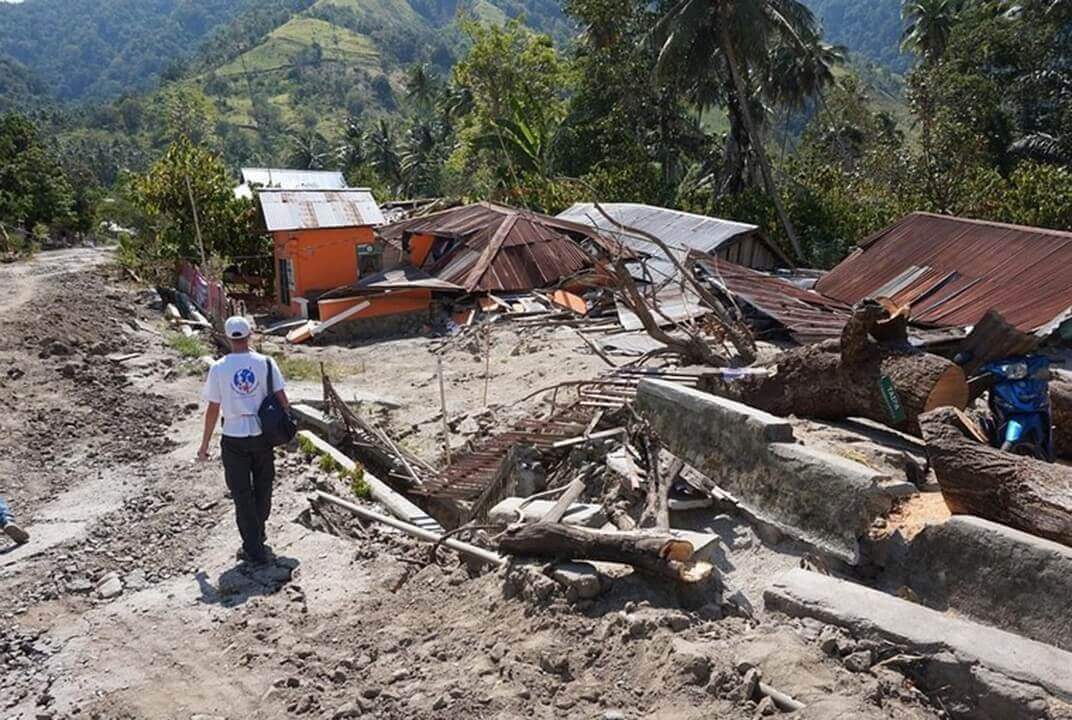Importance of satcoms recognised in aid agency review
Seven emergency missions, 365 days’ deployment, five community centres opened and more than 100 NGOs supported – 2013 was yet again a testament to the vital work carried out by aid agency Télécoms Sans Frontières (TSF).
The charity’s latest annual report makes clear how important mobile satellite communications are in the wake of man-made and natural disasters.
Inmarsat supports TSF’s humanitarian work though continued commitment and sponsorship of the agency with free satellite communications equipment and financial support.
Emergency aid
TSF was there on the ground during some of 2013’s worst global emergencies, providing critical communications support.
When Typhoon Haiyan hit the Philippines on 7 November, it caused catastrophic devastation – more than 6,000 people died and 14.9 million were affected.
TSF provided 12,000 minutes of communications, reconnected 5,100 families, set up five telecoms centres and established humanitarian calling operations (HCOs) in 17 towns.
Refugee support
TSF teams were also on the scene when a cyclone hit Mexico last September and a 7.2 magnitude earthquake razed Bohol in the Philippines to the groundthe following month.
The charity continued its support of at least two million Syrian refugees – half of them children – when the conflict showed no sign of easing up throughout 2013.
High-speed satellite internet connections enabled two education centres to be set up for children and medical support in Syria’s main hospitals to be maintained.
Humanitarian operations
As first responders to the scene of an emergency, TSF immediately establishes HCOs to enable displaced families to get in touch with the outside world, with a free call via an IsatPhone Pro satellite phone.
Satellite-based telecommunication centres are simultaneously set up for emergency responders, including NGOs, UN agencies and local authorities, to communicate from the centre of the crisis and coordinate aid efforts.
The centres provide free internet access and voice communications through our BGAN terminals at the centres.
Finally, TSF works closely with local governments and emergency response coordinators to begin the important task of re-establishing communication infrastructures.
You can read the full TSF 2013 Annual Review here.

